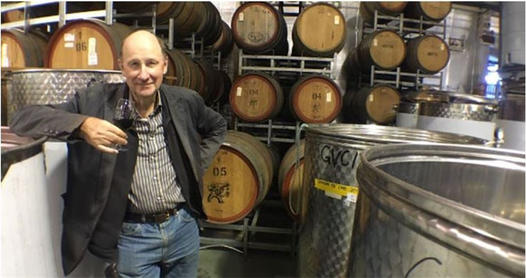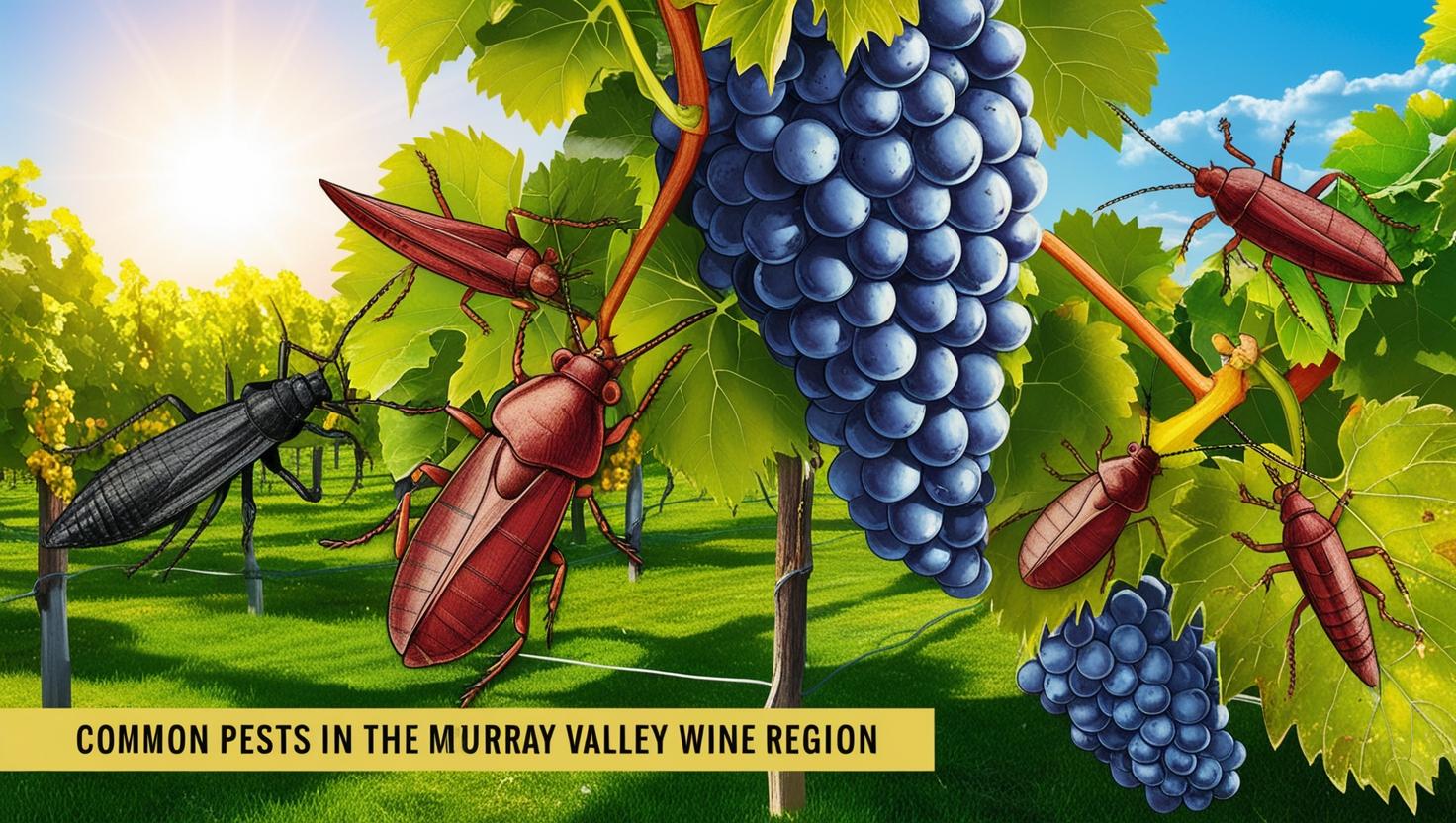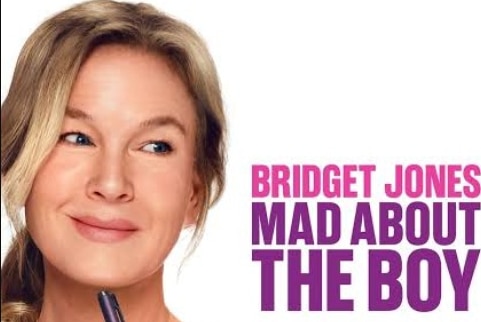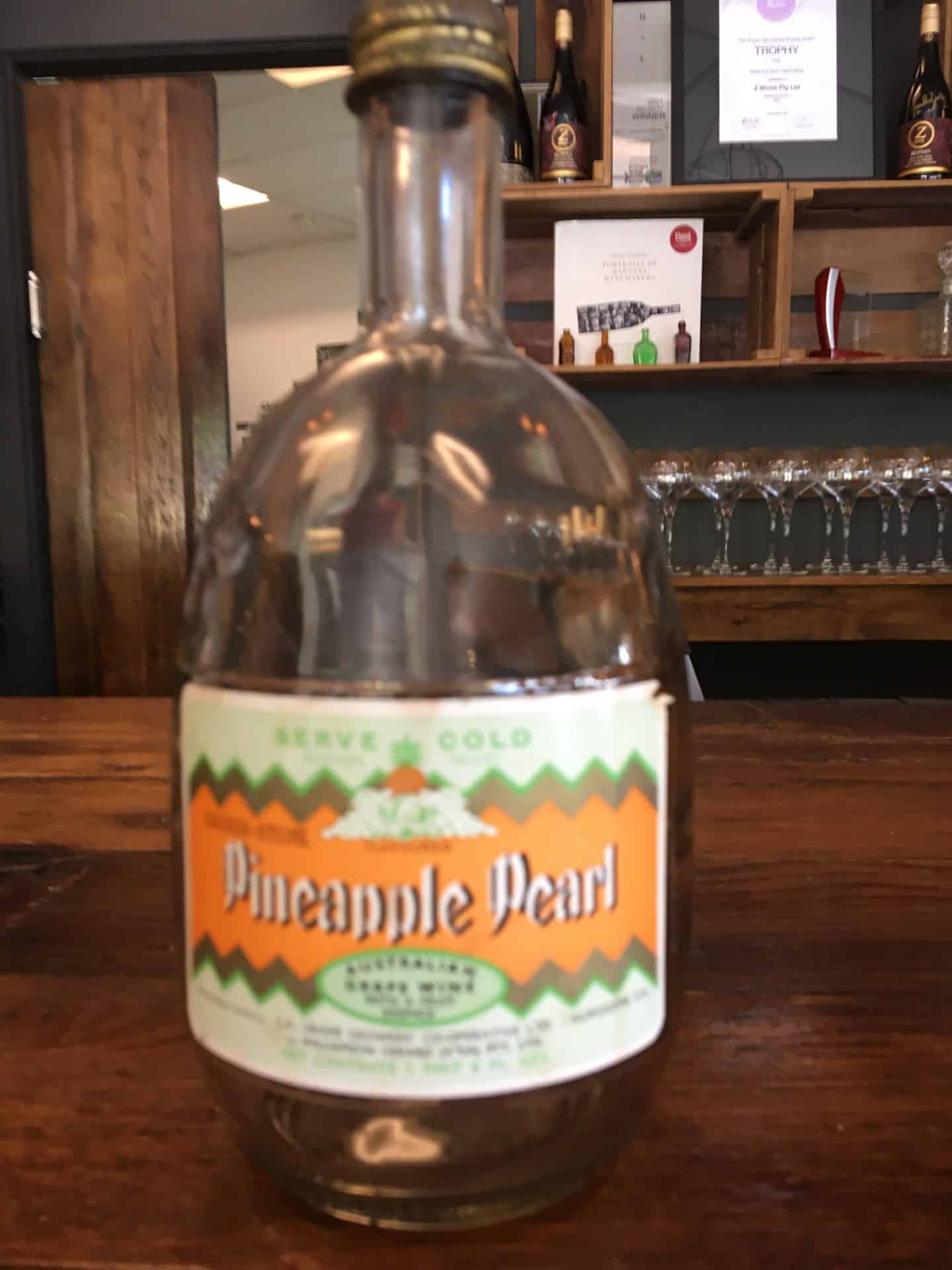I like to drink a few glasses before deciding to buy a parcel of wine. Experience has taught me that a swirl, sniff and sip in the winery shed is not enough. I add that putting your own money down makes an assessment far more serious than those of non-buying experts since mistakes build into financial damage.
Over the years how I assess wine has evolved from a taste test to drinking a glass to passing the bottle test. This asks, does the wine evolves in ways that retains drinking interest till the end, and as a guide 80% do not since they do not develop from the first glass. On the topic of experts, I am astonished when looking back over the last 50 years how the quantity of opinions has multiplied many times over. Pretty well all wines are well made so why do we need all this advice?
Here are two opinions that do matter, 50 years apart, which I hope will have you asking what you want from a wine. Perhaps they will help you see that forming your own opinion is the only way forward.
The first by Harry Waugh from 1963: ‘I have a few bottles of Julienas 1947 and 1949 left, and these are quite outstanding. They are enormously full, rich wines with a high degree of alcohol…. of 17 degrees instead of the normal 11 or 12… I invited some really discerning friends in the wine trade to two luncheon parties….. I told them they would be drinking two great burgundies ‘blind’ and would say which they preferred. The wines were my Julienas 1947 and the Romanee Conti of 1937 made from pre-phylloxera grapes. At the first luncheon of six people the voting was three all and at the second, four to two in favour of the Julienas! This extraordinary wine astonished everyone, as it still astonishes me.’
The second by Matt Cramer (Wine Spectator) from 2013: ‘I’ve had decades of wine drinking to discover that my fantasized wine beauty only rarely became a reality. But I had to find that out for myself…… And I’m glad I did……Simply put, most of today’s fine wines—not all, mind you—will reach a point of diminishing returns on aging after as few as five years of additional cellaring after release. Stretch that to a full 10 years of additional aging and I daresay you will have embraced fully 99 percent of all the world’s wines, never mind how renowned or expensive.’
Both viewpoints challenge accepted views and leave me thinking there really is no normal with wine. Wine is about an established pecking order, for example-wineries with star ratings, but what if such certainty is over-rated; while Kramer by questioning the worth of aging and cellaring takes away a chock that holds up long held beliefs.
We have a simple adage in the wine trade; good wines are easy to make and hard to sell while customers face the reverse problem, as from the vast range which wines will give you the best taste and value.
The term ‘having skin in the game’ applies to Glug as we must get the wines right most times or we suffer financially. Writers and critics offering opinions do not have skin in the game so what they say is worth less.





